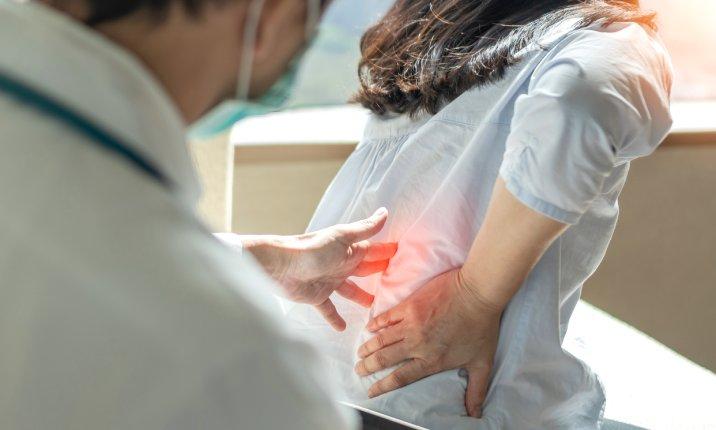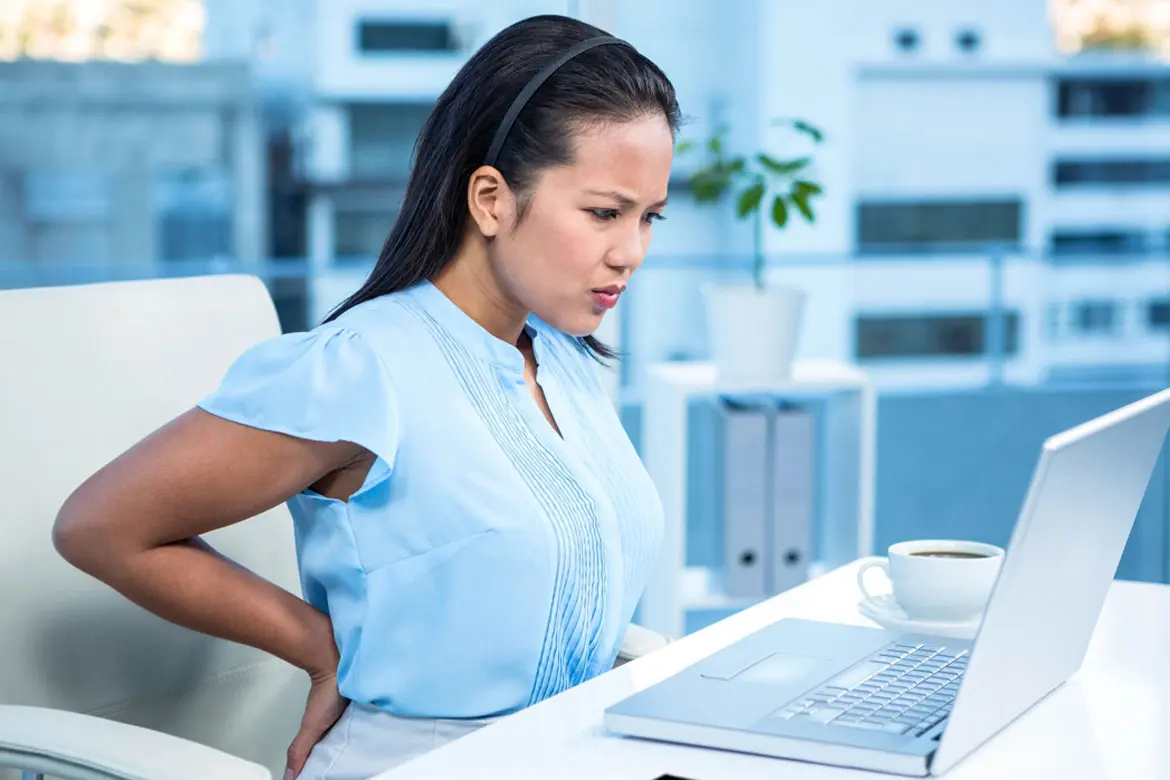Many people can relate to back pain. According to the World Health Organization, lower back pain is one of the most common musculoskeletal conditions worldwide, affecting people of all ages and becoming more common with age.
Everyday activities like carrying heavy loads or poor posture can lead to muscle strain or damage to the spinal disc. The source of back pain can vary widely and, in most instances, medical care is not required.
However, as a general guideline, if the back pain persists despite rest and over-the-counter (OTC) medication, it is advisable to consult a doctor. In specific situations, seeking immediate medical attention may be necessary. Dr Razmi Bin Rahmat, an orthopaedic surgeon at Parkway East Hospital, provides valuable insights into recognising when back pain warrants prompt attention.
Types and causes of back pain
In general, pain can be categorised as acute or chronic. Acute pain typically manifests suddenly, often as a consequence of an injury. If healing is optimal, the pain diminishes. However, if injuries do not heal adequately, they may result in chronic pain, persisting for an extended period and potentially worsening over time.
Chronic pain can arise from repetitive actions such as lifting and twisting, particularly when carrying heavy objects, leading to strain in muscles, tendons, or ligaments. Inflammatory or degenerative conditions like arthritis can also cause persistent back pain.
Statistically, children below 18 and individuals above 50 years of age are more likely to have back pain, and older persons are more likely to have underlying conditions like osteoarthritis or osteoporosis which increases the risk of back pain emergencies.
While back pain is generally not an emergency, knowing how to recognise potential emergencies is still important.
Red flags and warning signs
You should see a doctor immediately if:
- you have been involved in an accident
- you experience sudden, stabbing pain in your back
- your back pain spreads to the groin, pelvis or legs
In the event of a serious accident, it is advisable to call for an ambulance. Unless the person is at risk of further harm, avoid moving them.
You should also seek immediate attention if your back pain is accompanied by symptoms like these, which could indicate a medical emergency:
- Clammy skin or cold sweat
- Confusion
- Difficulty or inability to control bladder or bowel movements
- Fever or chills
- Loss of consciousness
- Nausea or vomiting
- Pain that gets worse when bending forward or backward, twisting, or coughing
- Rapid heartbeat
- Sexual dysfunction
- Shallow breathing
- Swelling and/or warmth and redness at the site of the pain
- Tingling or numbness in the groin, buttocks, genital area and/or inner thighs
- Unexplained weight loss
- Weakness or loss of sensation in one or both legs
Preventing back pain emergencies
It is crucial to promptly seek medical attention for prolonged back pain, post-injury discomfort, or accompanying symptoms, as these could signal a serious problem. Staying vigilant and obtaining timely medical advice is essential, ensuring appropriate care and intervention when necessary.
For non-emergency back pain, home care and lifestyle adjustments can contribute to relief and prevent recurrence.
Home care for non-emergency back pain
- Apply a cold compress for the first 48-72 hours to reduce swelling; then switch to heat to enhance blood flow and facilitate natural healing.
- Use over-the-counter pain relievers like paracetamol.
- Rest and avoid the activity or motion causing pain, refraining from heavy lifting or twisting for 6 weeks.
- Stay mobile, as prolonged bed rest can exacerbate pain.
Lifestyle tips to reduce recurring back pain
- Adjust your workspace with a chair offering lower back support and ensure your legs rest flat on the ground.
- Incorporate regular exercise to improve muscle strength, flexibility, and endurance.
- Invest in a mattress providing good back support.
- Maintain a healthy weight to reduce strain on the back.
- Practise good posture, avoiding lifting and twisting simultaneously.
- Quit smoking, as it is associated with a higher incidence of back pain.
- Reduce strain on the neck, shoulders, and spine by carrying fewer items or using a bag that distributes weight evenly.
- Minimise fall risks by eliminating tripping hazards and ensuring well-lit spaces.
- Strengthen core muscles to support the back and spine.
- Stretch regularly to prevent stiffness and strain.
- Use good lighting at home to prevent accidents.
- Wear well-fitted, supportive shoes and avoid walking in socks.
In conclusion, while back pain often responds to home care, any persistent discomfort should be medically evaluated to rule out underlying conditions. Recognising signs that require urgent care is crucial in preventing worsening injuries. Prioritise your health and seek medical advice if back pain persists.














